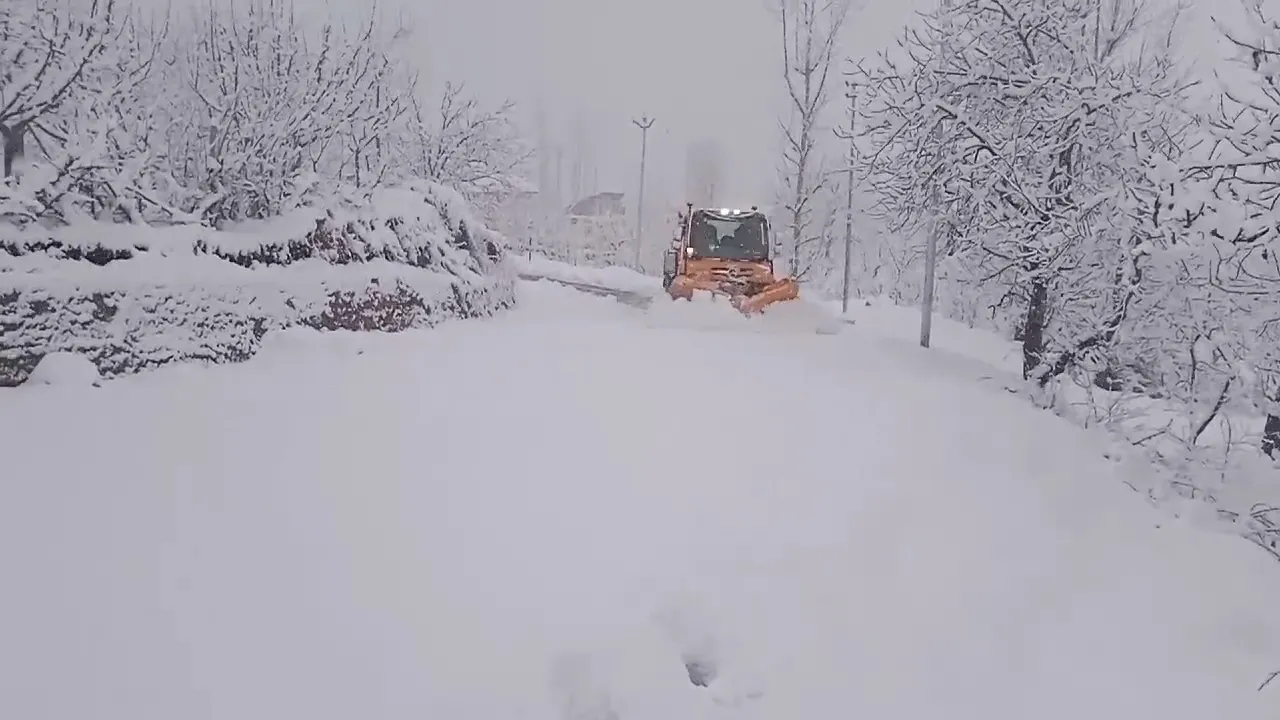 |
|
The Kashmir valley, known for its breathtaking landscapes and diverse weather patterns, recently experienced a much-needed respite from a prolonged dry spell. The arrival of fresh snowfall in the higher reaches and rainfall in the plains marked a significant turning point, bringing relief to the region and signaling a change in the prevailing climatic conditions. The Meteorological Department's forecast of further precipitation over the next four days suggests that this shift in weather patterns is likely to persist, potentially impacting various aspects of life in the valley. This event highlights the importance of accurate weather forecasting in a region where climatic variations can significantly influence agricultural practices, tourism, and daily life.
The snowfall, primarily concentrated in the higher reaches of districts such as Baramulla, Bandipora, Kupwara, and Sonmarg, provided a picturesque winter scene. Images of snow-covered mountains and valleys quickly circulated on social media, showcasing the beauty of the region under its winter blanket. While the snowfall was heavy in these higher altitudes, lower-lying areas experienced more moderate precipitation in the form of rain. This variation in precipitation across different elevations is a common feature of the valley's geography, with the higher altitudes often experiencing more intense snowfall than the plains. The contrast between the snow-capped mountains and the rain-soaked plains created a visually stunning and diverse meteorological landscape.
The impact of the precipitation extended beyond the immediate visual effects. The rainfall, which began in Srinagar and its surrounding areas the previous evening, caused a noticeable drop in the maximum temperature. While the minimum temperature remained above freezing in Srinagar, reaching a low of 0.8 degrees Celsius – 1.4 degrees above the normal for this time of year – the overall change in temperature signaled a shift away from the previously dry and relatively warmer conditions. The temperature variations across the valley were notable, with Gulmarg, a popular skiing resort, experiencing significantly colder temperatures, reaching a minimum of minus 7.2 degrees Celsius. This disparity highlights the microclimatic variations within the Kashmir valley, a consequence of its complex topography and elevation differences.
The Meteorological Department's forecast of continued precipitation over the next four days holds significant implications for the region. Farmers will be closely monitoring the weather patterns, assessing the potential impact on agricultural activities and crop production. The influx of snow and rain is crucial for replenishing water sources, which are vital for irrigation and overall water security in the valley. Moreover, the tourism sector, a significant contributor to the Kashmir economy, will also be influenced by the weather conditions. While snowfall can attract winter tourists seeking skiing and other snow-based activities, excessive or prolonged precipitation might pose challenges to accessibility and travel plans. Therefore, the accuracy and timely dissemination of weather forecasts are crucial for various stakeholders in the valley to adapt and plan accordingly.
The recent weather event underscores the dynamic and often unpredictable nature of the Kashmir valley's climate. The transition from a prolonged dry spell to significant precipitation highlights the need for continuous monitoring and accurate forecasting. The Meteorological Department plays a vital role in providing timely updates and warnings, enabling residents and authorities to prepare for potential weather-related challenges. Understanding the regional climatic variations and their impacts on various sectors is crucial for informed decision-making and effective disaster preparedness. The ongoing precipitation, alongside its predicted continuation, marks a significant change in the Kashmir valley's weather, impacting diverse facets of life in the region and underscoring the crucial role of meteorological information in adaptation and resilience.
Source: Snow higher up, rain in plains end dry spell in Kashmir
